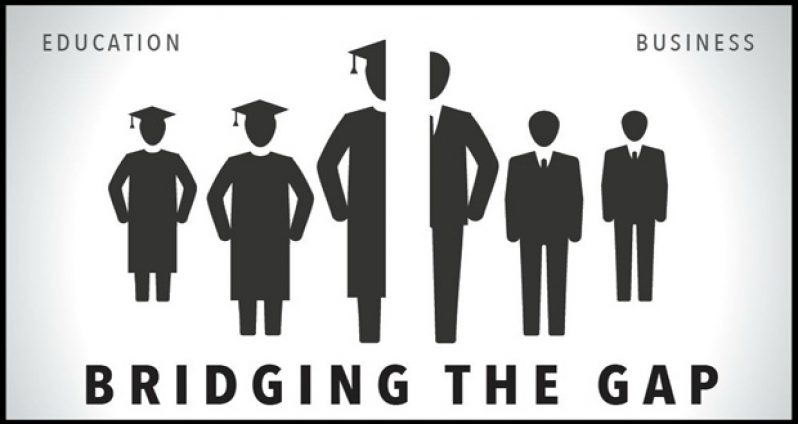THE education level of the labour force is improving worldwide, but access to a higher education is not leading to lower unemployment at the global level, says the 9th edition of the ILO’s ‘Key Indicators of the Labour Market’ (KILM).According to the latest edition of the KILM, which is part of the broader ILO statistical database (ILOSTAT), all but two of 64 countries with available data have registered an increase in the share of the labour force with a tertiary education over the past 15 years. The biggest increases were seen in Canada, Luxembourg and Russia.
At the same time, there has been a drop in the share of labour market participants with only a primary-level education or less. Where does higher education translate into higher productivity?
“This is a positive development for these individuals, as more educated workers tend to benefit from higher earnings and better working conditions,” says Steven Kapsos, head of the ILO’s Data Production and Analysis Unit in the ILO Department of Statistics.
“But it is also a positive development at the national and global levels, as there is a strong correlation between educational levels of the workforce and national levels of labour productivity.”
However, this does not mean that workers with tertiary-level education automatically have a better chance of finding a job. While they are less likely to be unemployed in most high-income economies, tertiary graduates in low- and lower-middle-income economies are actually more likely to be among the unemployed, than workers with lower education levels.
“This reflects a mismatch between skilled persons and the number of available jobs matching their competencies and expectations, and unless addressed may work to put a limit on economic growth and development,” says Rosina Gammarano, from the ILO Department of Statistics.



.jpg)









